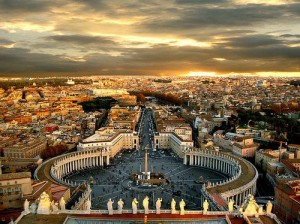
You probably have read the name in your tourist guide book. Parisians may have suggested the name to you as a worth visit place. But actually what is Ile Saint Louis?
Île Saint Louis is one of natural island attractions in the Seine River, Paris. The other natural island in the river is Île de la Cité while one other island, Île aux Cygnes is an artificial one. The island is named after one of France’s greatest kings, King Louis IX.
 Follow
Follow









